What to Wear in Morocco in March: Your Ultimate Guide to Dressing Comfortably and Respectfully
Planning a trip to Morocco in early spring and wondering what to wear in Morocco in March? Look no further. This guide will walk you through everything you need to know—climate considerations, region-by-region style tips, and essential packing advice. By the end of this article, you’ll feel confident choosing outfits that balance comfort, cultural respect, and style, ensuring a memorable Moroccan adventure.
Why Packing Smart for Morocco in March Matters
March in Morocco can bring a delightful mixture of mild sunny days, cool nights, and the occasional rainfall. Being prepared for these fluctuating temperatures will ensure you remain comfortable, whether you’re exploring the labyrinthine medinas or savoring mint tea on a rooftop terrace. Knowing what to wear in Morocco in March also allows you to respect local cultural norms—helping you blend in more seamlessly with your surroundings and enjoy a warmer welcome from residents.
Key Takeaway: A well-planned wardrobe will help you adapt to Morocco’s varied climate zones and cultural expectations, making for a smoother, more enjoyable trip.
Customize your Tour to Morocco
General Climate Overview for March
Morocco’s climate in March varies greatly depending on the region:
- Coastal Areas (e.g., Casablanca, Essaouira): Daytime temperatures often range between the low to mid-60s°F (15–18°C), with possible dips into the 50s°F (10–13°C) at night. Light layers and a windbreaker or warm sweater are advisable.
- Inland Cities (e.g., Marrakech, Fez): You’ll typically encounter highs in the 70s°F (21–24°C) and cooler nights that can drop into the 50s°F (10–13°C).
- Mountain Regions (e.g., Atlas Mountains): Elevations can still be cold, especially at night, with temperatures sometimes plunging below freezing. If you plan on trekking or staying in higher altitudes, pack warmer layers.
- Desert Regions (e.g., Sahara, Merzouga): Expect pleasantly warm days but cooler nights. Temperatures can range from the mid-70s°F (around 24°C) down into the low 50s°F (10–12°C) after sunset.
1. What to Wear in Marrakech in March
Marrakech, often called the “Red City,” offers a vibrant fusion of history, modern amenities, and traditional Moroccan culture. When considering what to wear in Marrakech in March, think about pieces that can easily transition from day to night.
Daytime Strolls and Souk Shopping
- Breathable Tops: Opt for lightweight cotton or linen shirts that provide coverage but allow airflow.
- Comfortable Bottoms: Loose-fitting trousers, maxi skirts, or knee-length dresses can help you stay cool without showing too much skin.
- Layer Up: Temperatures can climb in the afternoon sun, but dip quickly after sundown. A light cardigan or scarf is a good idea.
Evening Outfits
- Long-Sleeved Layers: A thin sweater or lightweight jacket keeps you warm during cooler evenings.
- Dressier Options: For upscale dinners, a stylish blouse paired with relaxed-fit trousers or a midi skirt can feel both elegant and practical.
Key Takeaway: In Marrakech, versatility is key—pack layers you can remove in warmer afternoons and add back as night falls.
2. What to Wear in Fez in March
Fez is renowned for its sprawling ancient medina, a UNESCO World Heritage Site filled with hidden corners, ornate doors, and bustling markets. If you’re asking what to wear in Fez in March, keep in mind that Fez can be slightly cooler than Marrakech, especially early in the morning and late at night.
Navigating Narrow Streets
- Layering Essentials: Start your day with a long-sleeved T-shirt or blouse under a light jacket or cardigan. As you explore the medina, you can remove layers if it warms up.
- Footwear: Fez’s winding lanes can be slippery or uneven, so closed-toe, comfortable shoes (like sneakers or flats with rubber soles) are advisable.
Respectful Dress
- Modest Clothing: Fez is slightly more conservative, so plan to cover your shoulders and knees.
- Scarves: Keep a scarf in your day bag to drape over your shoulders if you feel underdressed or to fend off a sudden chill.
3. What to Wear in Chefchaouen in March
Nestled in the Rif Mountains, Chefchaouen—famed for its iconic blue-washed buildings—offers cooler spring temperatures. If you’re wondering what to wear in Chefchaouen in March, be prepared for crisp air, particularly early in the day and after sunset.
Dressing for Mountain Breezes
- Warm Outer Layer: A lightweight jacket or cozy sweater is essential for Chefchaouen’s cooler air, especially if you plan to wander in the early morning.
- Comfortable Walking Shoes: The city’s hilly terrain and cobblestone streets demand sturdy, reliable footwear—opt for sneakers or boots.
- Pops of Color: Embrace the city’s magical vibe with colorful scarves or shawls that stand out beautifully against the blue-hued walls.
Modesty Meets Style
- Midi or Maxi Skirts: Feel free to play with flowy styles that look great in photos while still respecting cultural norms.
- Layered Tops: A long-sleeved top underneath a looser blouse can offer warmth without feeling bulky.
Key Takeaway: Chefchaouen can be significantly cooler than coastal or desert regions, so plan accordingly with a mix of warm layers and comfortable footwear.
Check some of our Best Tours in Morocco
4. What to Wear in the Desert in March
If your journey includes the Sahara or other desert regions, you’ll want to strike a balance between daytime sun protection and nighttime warmth. What to wear in the Desert in March hinges on layering and light, breathable fabrics.
Sun-Soaked Days
- Loose-Fit Clothing: Linen trousers, maxi skirts, and long-sleeved cotton tops protect against direct sunlight while staying breezy.
- Sun Protection: Bring a wide-brimmed hat, sunglasses, and sunscreen. A lightweight scarf can shield your face from sand and dust if the wind picks up.
Chilly Evenings
- Warm Layers: Temperatures can drop quickly at night, so a fleece jacket or medium-weight sweater is crucial.
- Footwear: Closed-toe shoes or boots are best for desert excursions, especially if you plan on camel treks or exploring dunes on foot.
Key Takeaway: Don’t underestimate how cold the desert can get at night. Layering is your friend when it comes to desert adventures in March.
Essential Packing Tips for Morocco in March
Regardless of where you go—be it Marrakech, Fez, Chefchaouen, or the desert—some items are universally helpful to include in your suitcase:
- Versatile Layers: T-shirts, long-sleeved tops, thin sweaters, and a travel-friendly jacket.
- Modest Bottoms: Loose-fitting pants, maxi skirts, or dresses that cover the knees.
- Comfortable Footwear: Closed-toe shoes for medinas, sandals for warmer days, and possibly boots for mountainous or desert terrains.
- Accessories for Warmth and Respect: A scarf or pashmina to cover shoulders or add warmth on cooler nights.
- Sun Essentials: Sunscreen (SPF 30+), sunglasses, and a broad-brimmed hat.
- Light Rain Gear: A compact umbrella or a lightweight waterproof jacket, particularly if visiting northern areas like Tangier in March.
- Day Bag or Backpack: Keep your layers, camera, water bottle, and essentials organized while on the move.
Key Takeaway: Focus on comfort, cultural sensitivity, and layering options to handle variable temperatures.
Cultural Considerations and Etiquette
Morocco is a predominantly Muslim country, and while attitudes in larger tourist hubs are somewhat relaxed, dressing respectfully can go a long way in making genuine connections.
- Modesty Guidelines: Cover shoulders, avoid revealing necklines, and keep shorts or skirts at knee-length or longer.
- Religious Sites: Have a scarf or shawl handy if you plan to visit a mosque (when permissible) or other sacred places.
- Adaptability: Urban areas like Casablanca or Marrakech are more flexible, but it’s still wise to err on the side of modesty. Rural or less-touristed regions may expect more conservative attire.
Key Takeaway: Showing respect through dress can help you connect better with the local culture and create more meaningful travel experiences.
Conclusion
Figuring out what to wear in Morocco in March is all about mastering the art of layering, choosing breathable yet modest outfits, and being prepared for fluctuating daytime and nighttime temperatures. Whether you’re meandering through the enchanting streets of Marrakech, marveling at the ancient lanes of Fez, soaking in Chefchaouen’s dreamy blue hues, or embarking on a desert adventure, your wardrobe choices can significantly impact your comfort and cultural experiences.
Remember: Pack a lightweight jacket, opt for covered shoulders and knees, carry a scarf to adapt to local norms, and don’t forget your sun protection for those bright Moroccan days. By blending respect, practicality, and personal style, you’ll create memorable experiences that resonate long after you’ve returned home.
Ready to explore Morocco in style and comfort? Share your own packing tips or ask questions in the comments below. If you’re craving even more travel inspiration, sign up for our newsletter to stay updated on new destination guides, insider tips, and exclusive offers.
This article offers general guidelines based on typical March weather patterns. Always check local forecasts and travel advisories for the most accurate, up-to-date information.
Similar Articles:



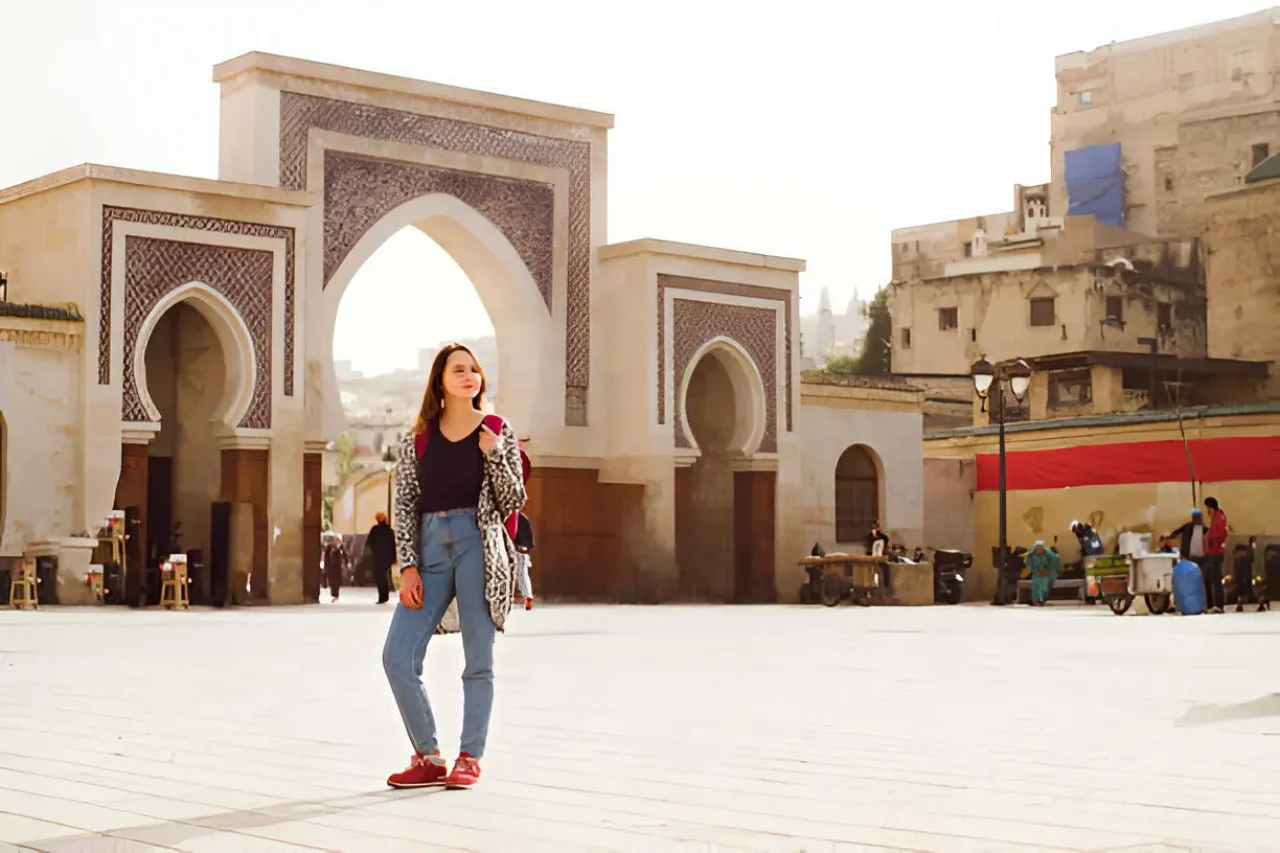
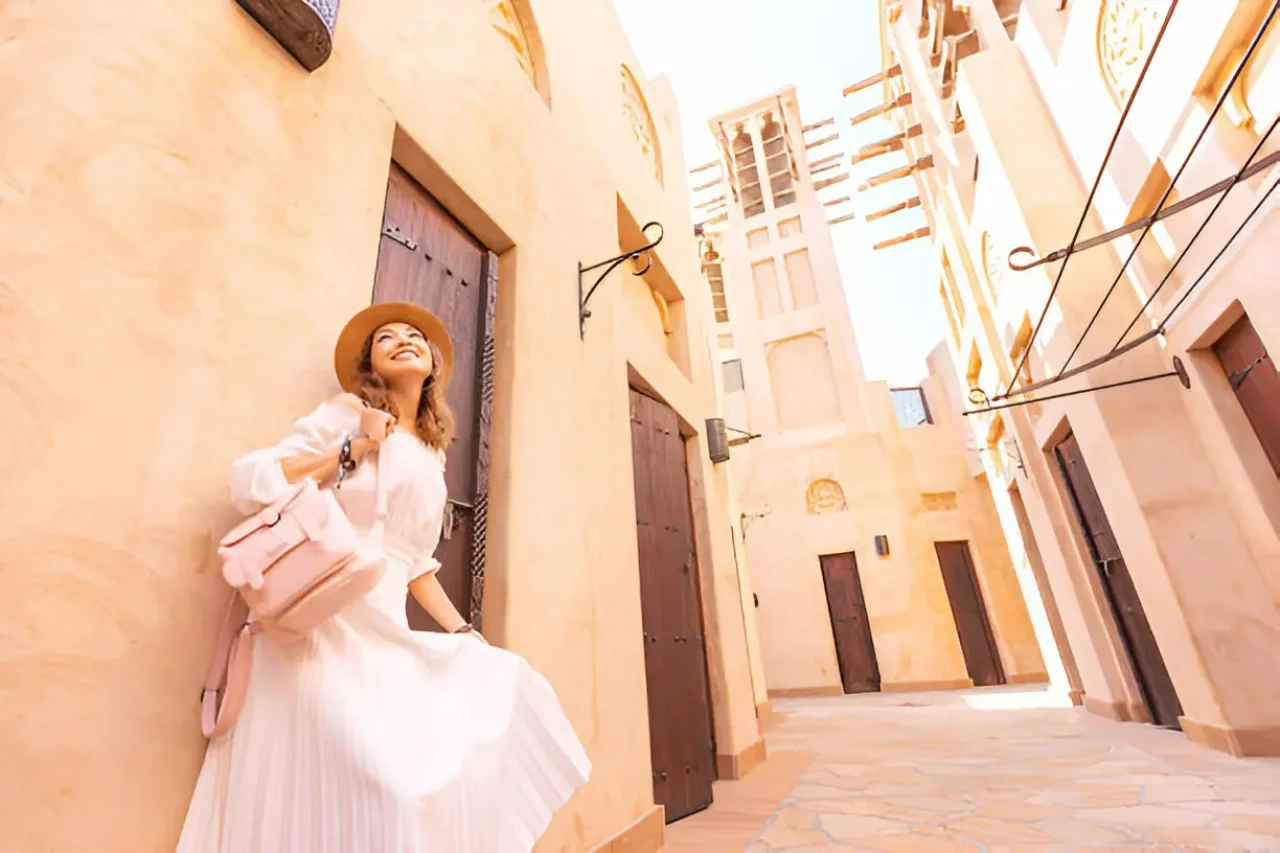
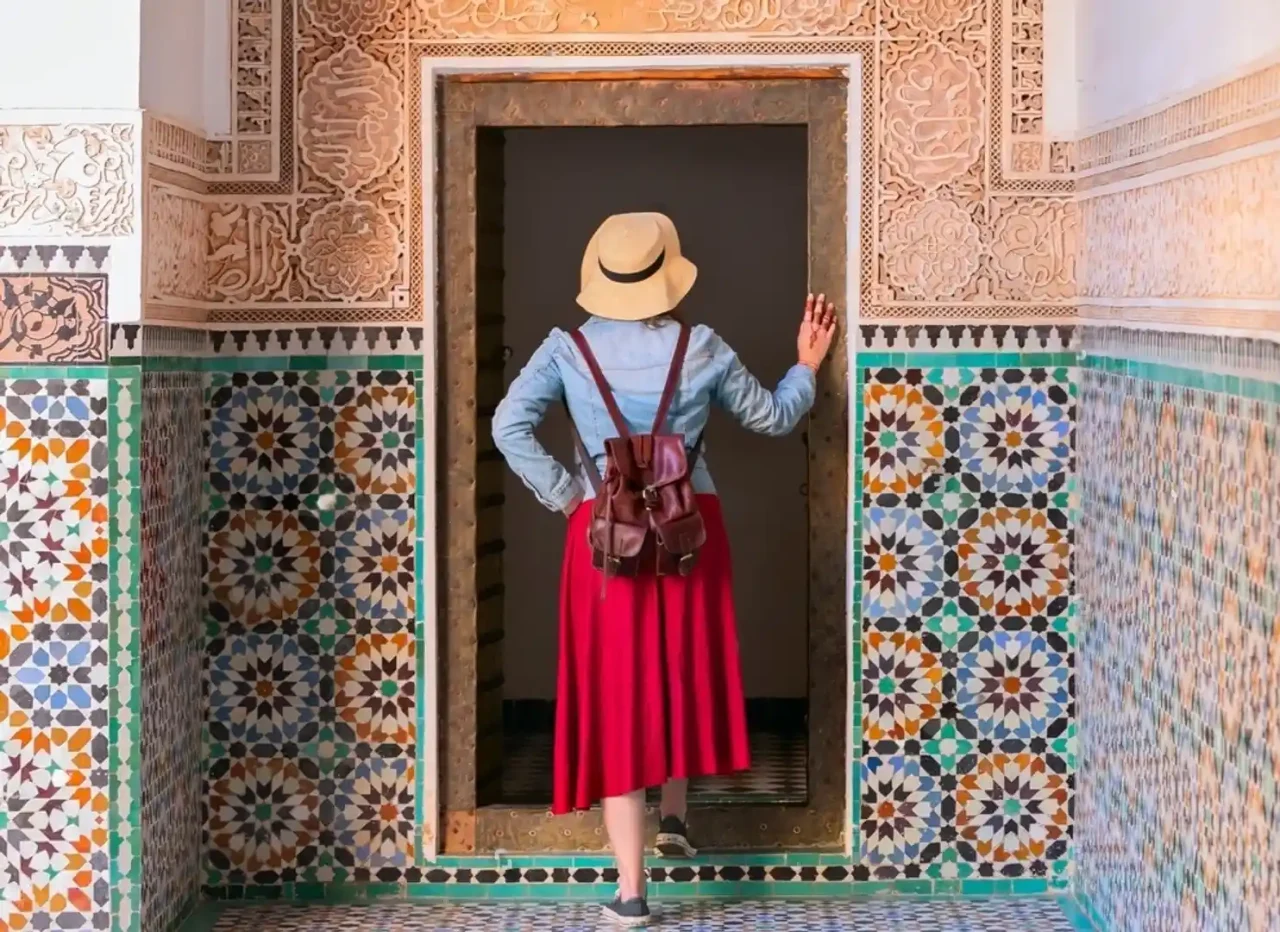
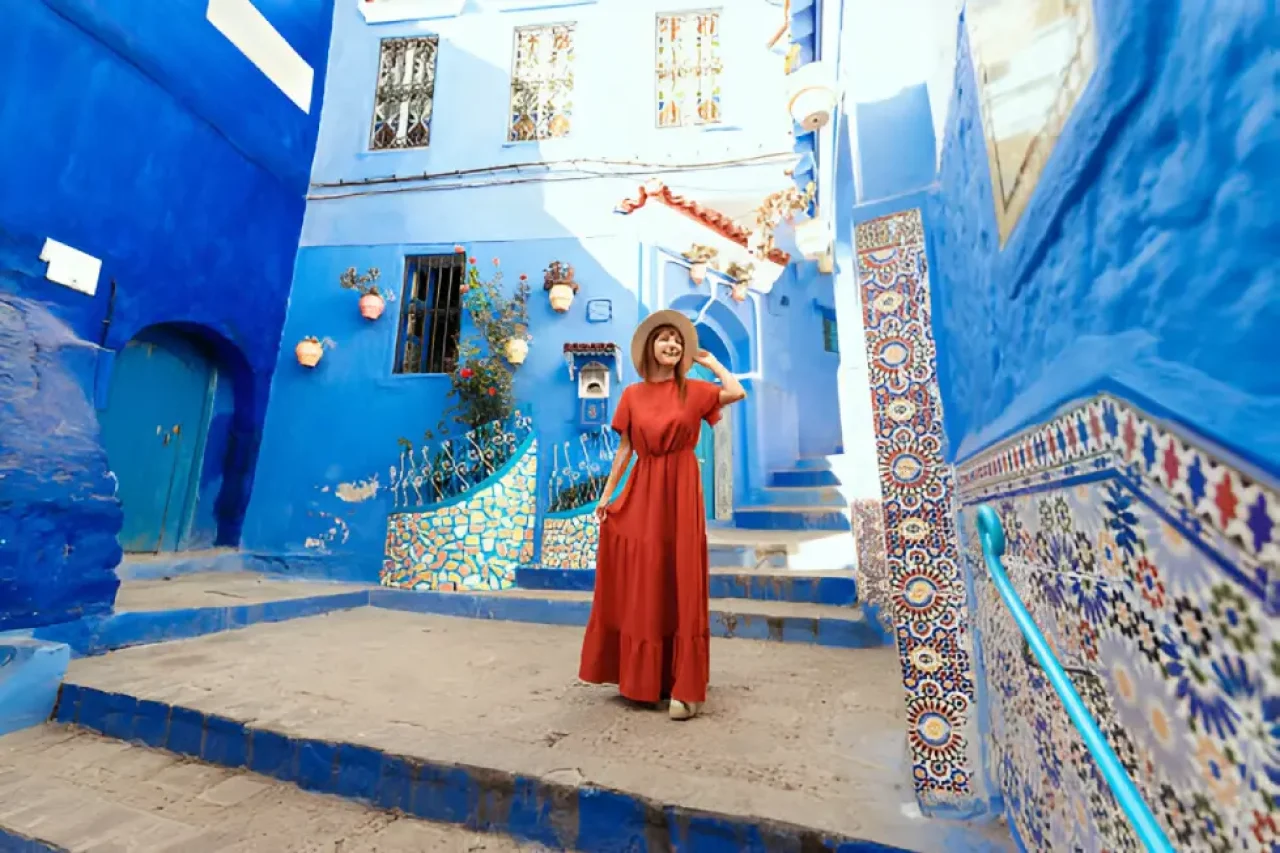



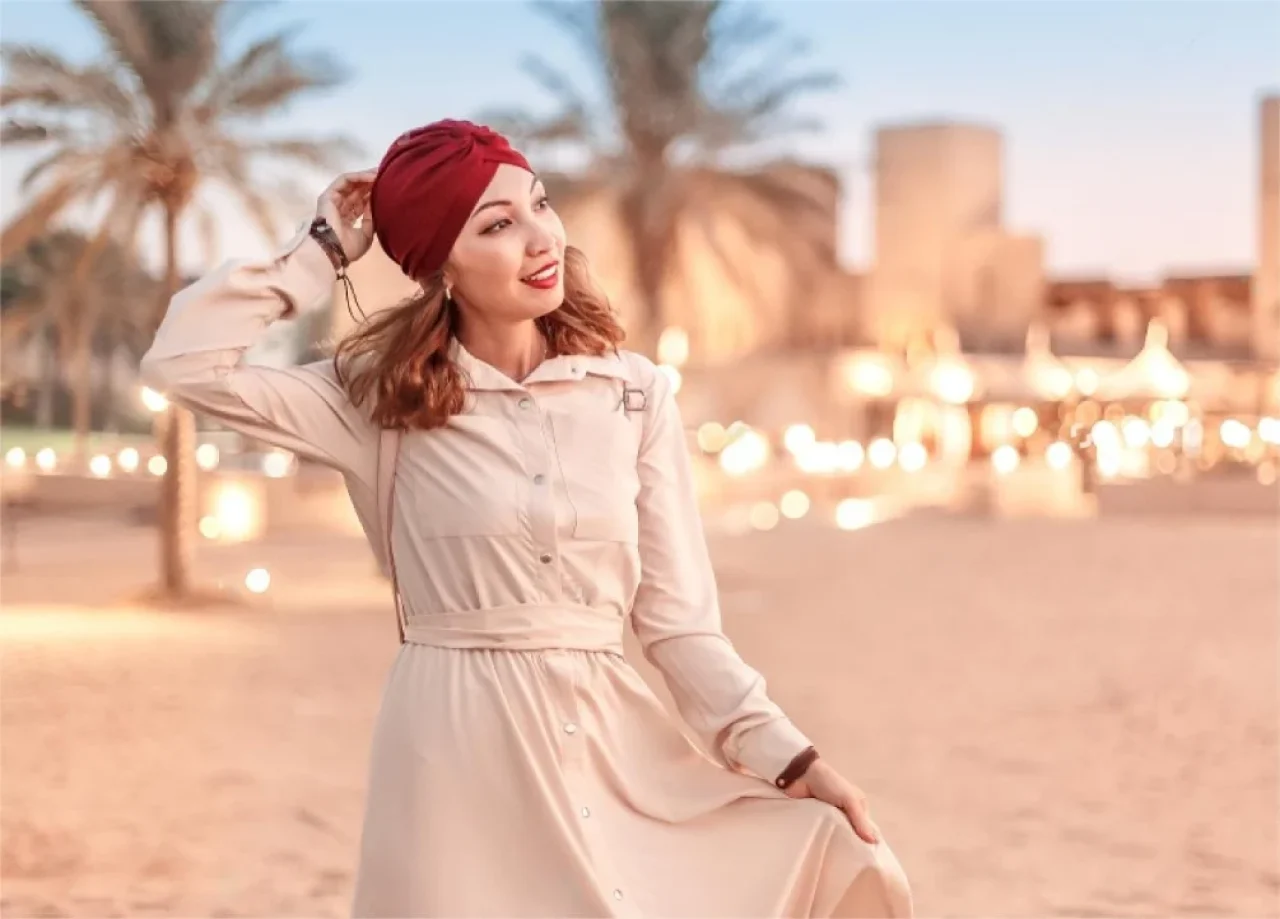
0 Comment